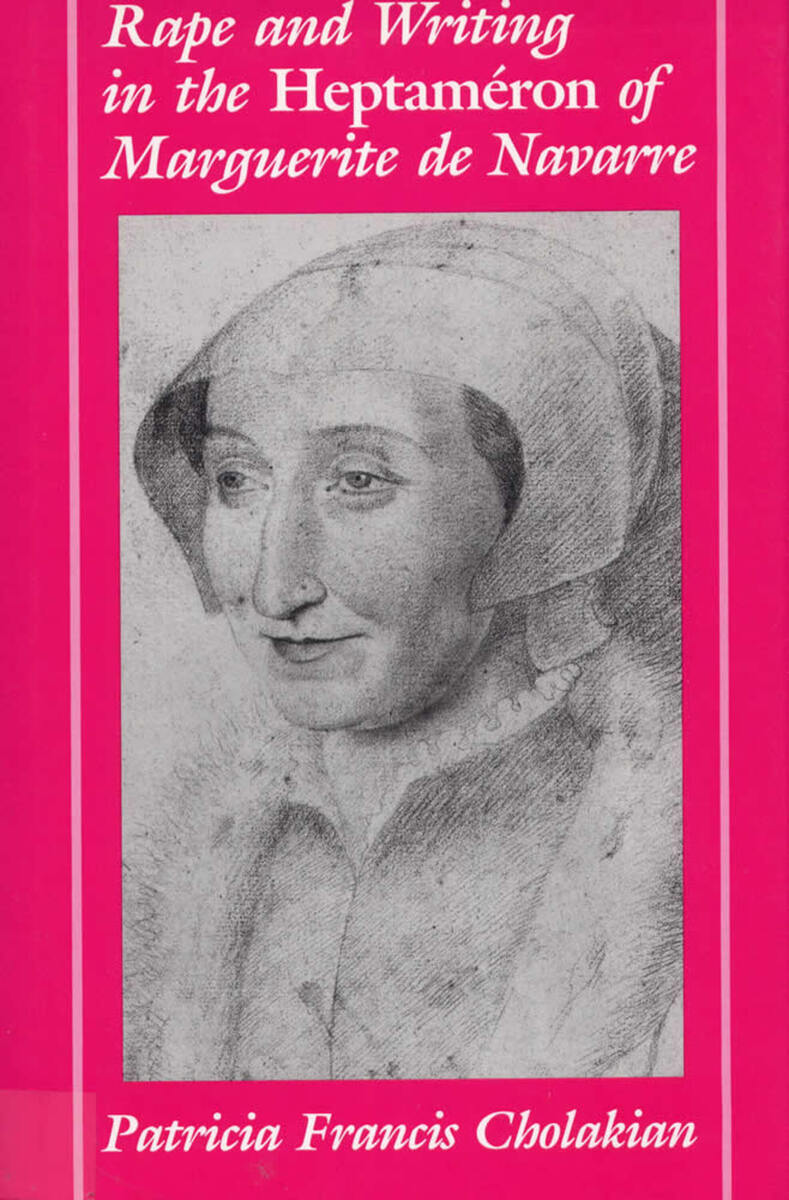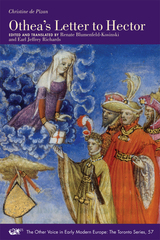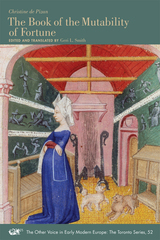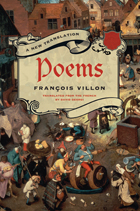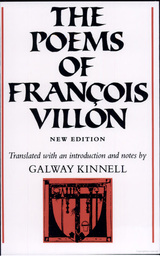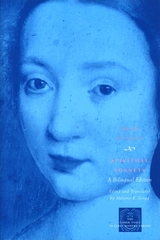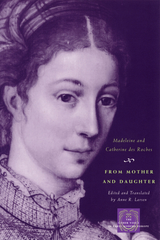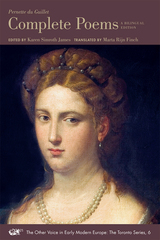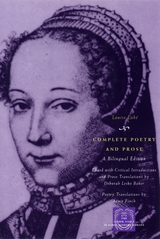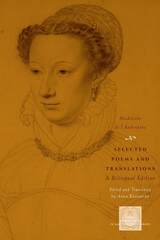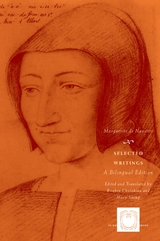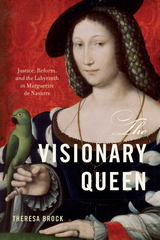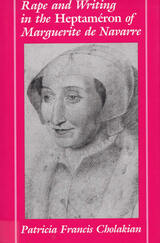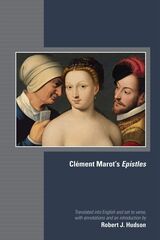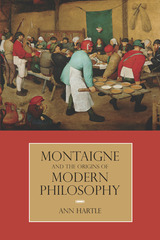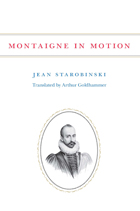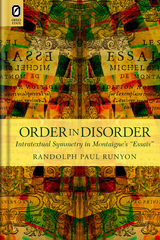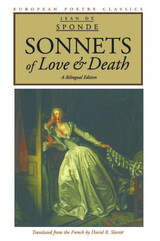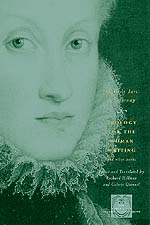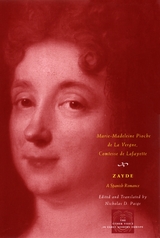Cloth: 978-0-8093-1708-0 | eISBN: 978-0-8093-8181-4
Library of Congress Classification PQ1631.H4C49 1991
Dewey Decimal Classification 843.3
Marguerite de Navarre (1492–1549), the sister of the French king François I, composed the Heptaméron as a complex collection of seventy-two novellas, creating one of the first examples of realistic, psychological fiction in French literature. These novellas, framed by debates among ten storytellers, all noble lords and ladies, reveal the author’s desire to depart from the purely masculine voice of the age.
Cholakian contends that this Renaissance text is characterized by feminine writing. She reads the text as the product of the author’s personal experience. Beginning her study with the rape narrative in the autobiographical novella 4, she examines how the Heptaméron interacts with male literary traditions and narrative conventions about gender relations. She analyzes such words as rape, and honor, noting how they are defined differently by men and women and how these differences in perception affect the development of both plot and character.
See other books on: 1492-1549 | Heptaméron | Marguerite de Navarre | Rape | Rape in literature
See other titles from Southern Illinois University Press
